A few days ago I emailed Lindsey Derrington and asked her permission to use the following excerpt from her well written application to the National Register of Historic Places.
One of the many who migrated to the area during this time was Albert Carl Blood. Born on February 26, 1852 near Lewistown in Fulton County, Illinois, he left his family’s farm and saw mill near Henry in Marshall County in 1870 to work with the United States Express Company running messages between Saint Louis and Chicago.
Blood married in 1877 and the couple settled in Peoria where he found work as a shipping clerk for various manufacturers of farm machinery. He and wife Mary went on to have five children during their stay there with Edith, Wylie, Albert Lyle, Walter, and Dorothy coming in quick succession between 1878 and 1887. Blood had secured work as a pattern maker by 1896 and by 1904 was working as a machine hand when he opted to move the family to the Saint Louis area so that he might “learn the cabinet-maker’s trade.”
As Saint Louis at this time was particularly important as a distributor and manufacturer of raw lumber, Blood’s decision to settle here was natural. By river and rail, the city’s saw and planing mills were major repositories for wood coming from seventeen states across the north, northwest, and south. While local trade amounted to 500 million feet of wood in 1901, the city’s lumber merchants did an even greater amount of business shipping lumber elsewhere.
As for custom wood pieces, most, but not all, Saint Louis mills were busy sating the enormous need locally as construction levels boomed. By 1902 Saint Louis could boast of being “the center of the world’s lumber trade” with millions invested and millions made in the industry.
I haven’t heard back from Lindsey yet so hopefully she’ll be OK with this. If you haven’t yet read her application nominating the Maplewood Mill for the National Register of Historic Places, why not?
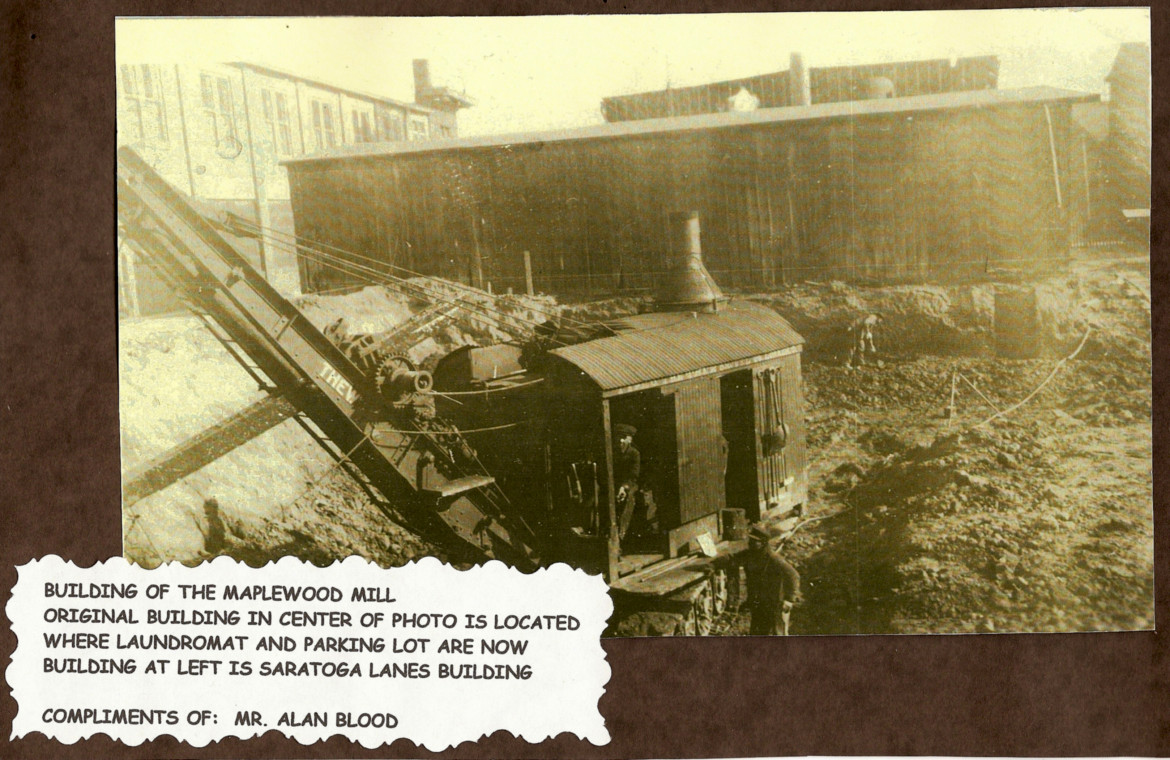
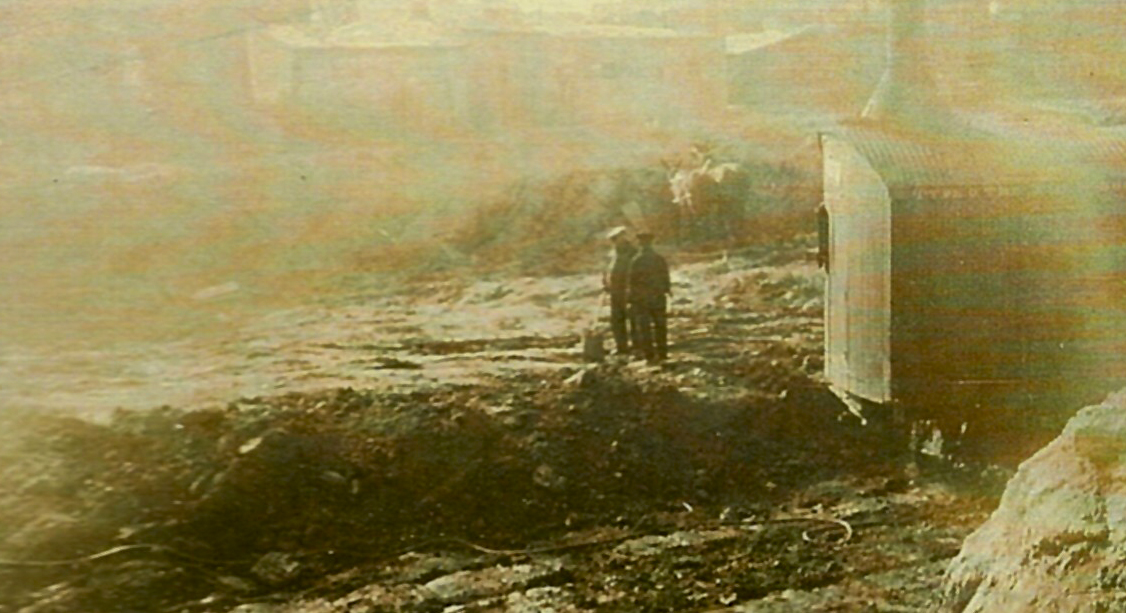
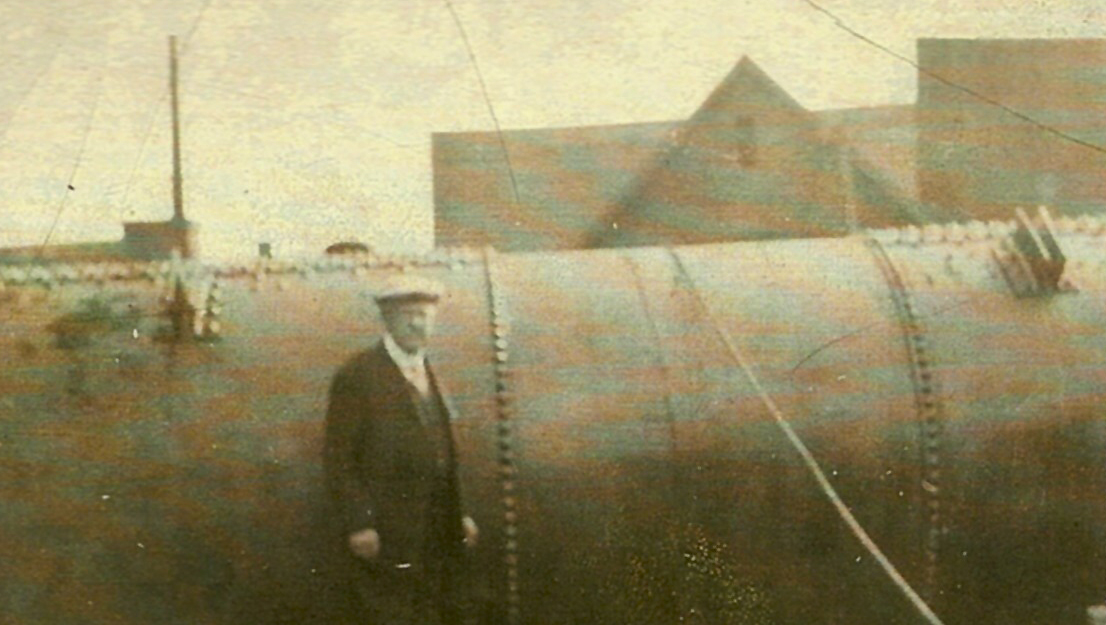
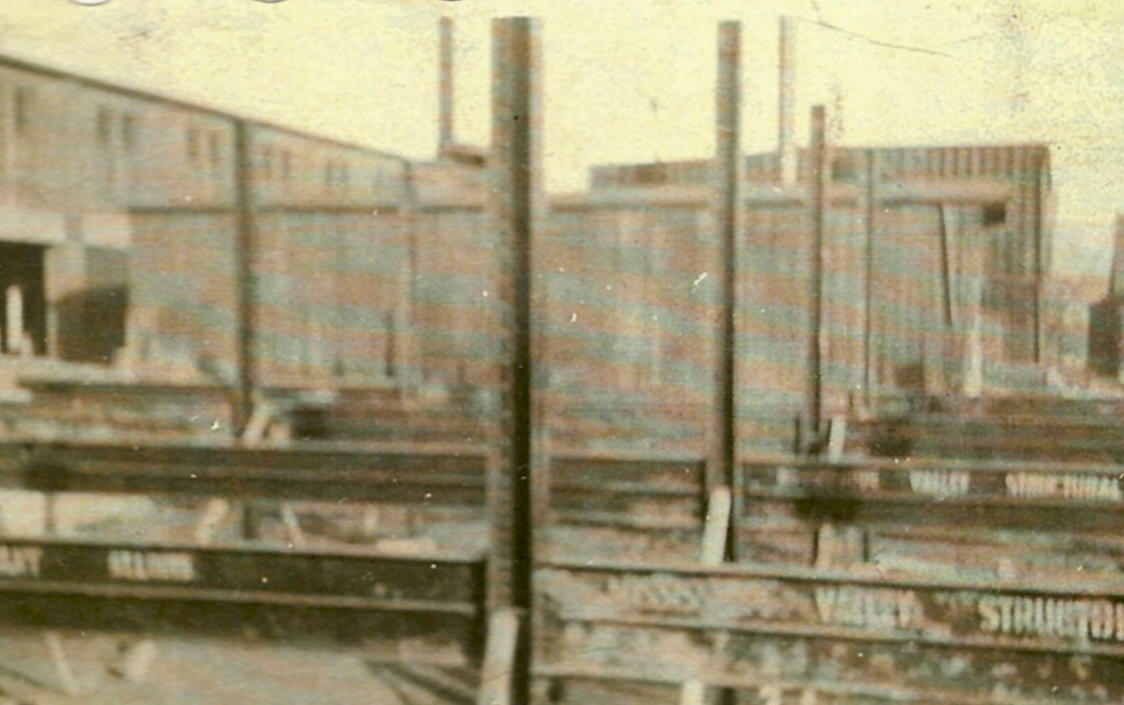
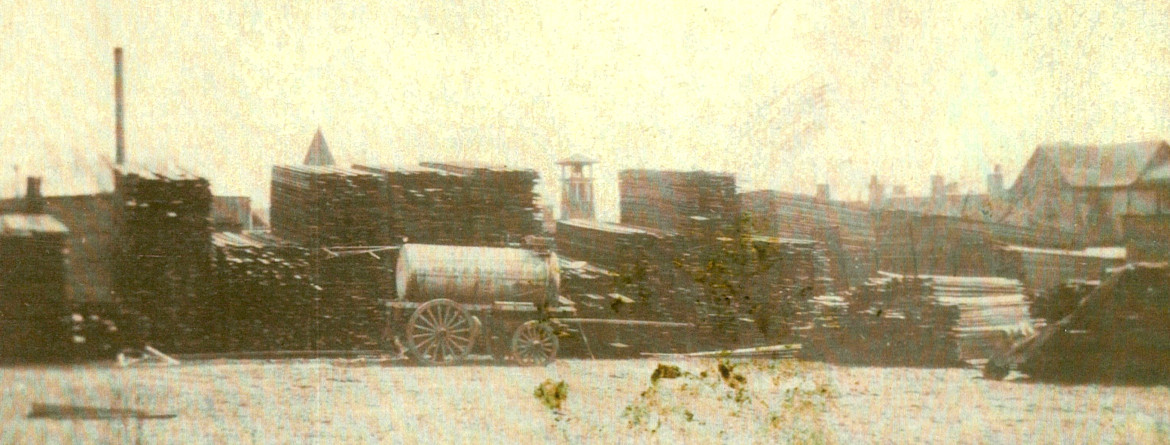


You are welcome, Nora. Thank you for the compliment.
As usual, Doug has done an excellent and interesting review of this Maplewood man, who helped to build the town into a memorable place. Thanks!
Comments are closed.